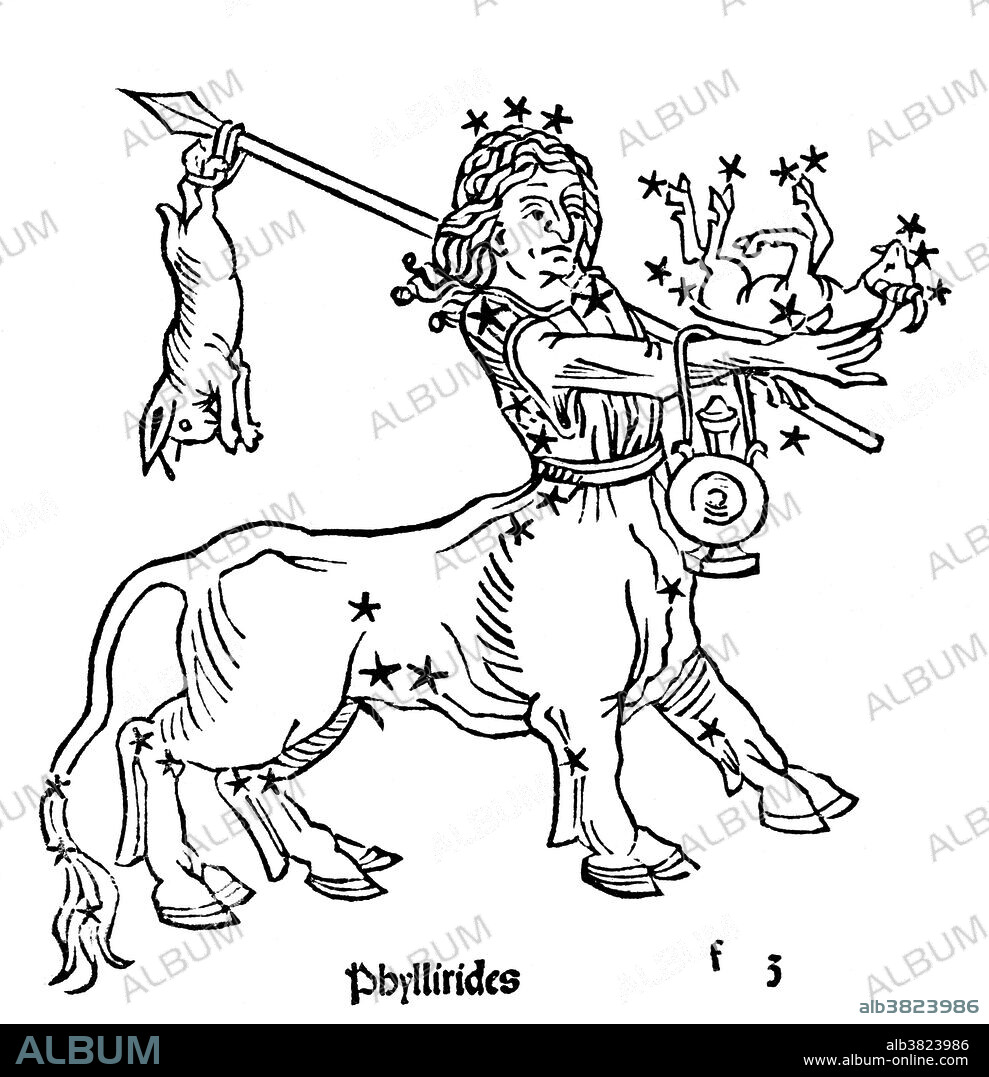alb3823986
Centaurus Constellation, 1482

|
Añadir a otro lightbox |
|
Añadir a otro lightbox |



¿Ya tienes cuenta? Iniciar sesión
¿No tienes cuenta? Regístrate
Compra esta imagen
Título:
Centaurus Constellation, 1482
Descripción:
Ver traducción automática
Centaurus is a bright constellation in the southern sky. One of the largest constellations, Centaurus was included among the 48 constellations listed by the 2nd century astronomer Ptolemy, and it remains one of the 88 modern constellations defined by the International Astronomical Union. In Greek mythology, Centaurus represents a centaur; a creature that is half man, half horse. Poeticon astronomicon is a star atlas whose authorship is disputed. The work was originally attributed to the Roman historian Gaius Julius Hyginus (64 BC - AD 17). The book lists most of the constellations in the same order as Ptolemy's Almagest (2nd century AD) which has led many to believe that a more recent Hyginus created the text. The Poeticon astronomicon was not formally published until 1482, by Erhard Ratdolt. He commissioned a series of woodcuts, but the relative positions of the stars bear little resemblance to the descriptions given by Hyginus in the text or the actual positions of the stars in the sky.
Crédito:
Album / Science Source / U.S. Naval Observatory Library
Autorizaciones:
Modelo: No - Propiedad: No
¿Preguntas relacionadas con los derechos?
¿Preguntas relacionadas con los derechos?
Tamaño imagen:
3900 x 4037 px | 45.0 MB
Tamaño impresión:
33.0 x 34.2 cm | 13.0 x 13.5 in (300 dpi)
Palabras clave:
ARTE • ASTRONOMIA • ASTRONÓMICO • BLANCO Y NEGRO • CELESTE • CELESTIAL SPHERE • CELESTIAL • CENTAUR • CENTAURO • CIENCIA • CUERPO CELESTE • DIBUJO • EDAD MEDIA • ESFERA CELESTE • FAMOSO • GRABADO EN MADERA • HISTORIA • HISTORICO • HYGINUS • ILUSTRACION • IMPORTANTE • MEDIEVAL • OBRA DE ARTE • PLANCHA DE MADERA • S. -XV • XILOGRAFIA
 Pinterest
Pinterest Twitter
Twitter Facebook
Facebook Copiar enlace
Copiar enlace Email
Email
